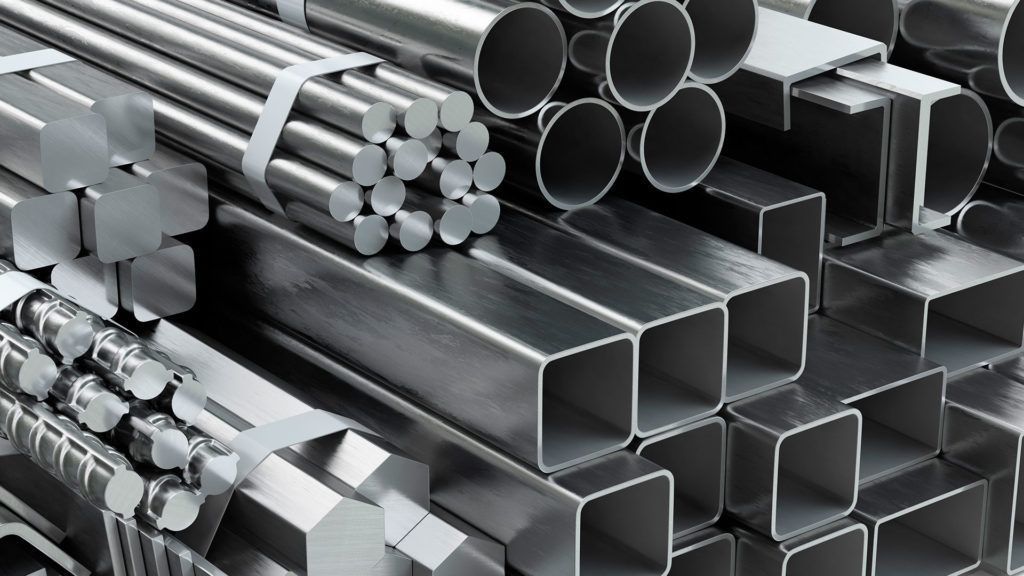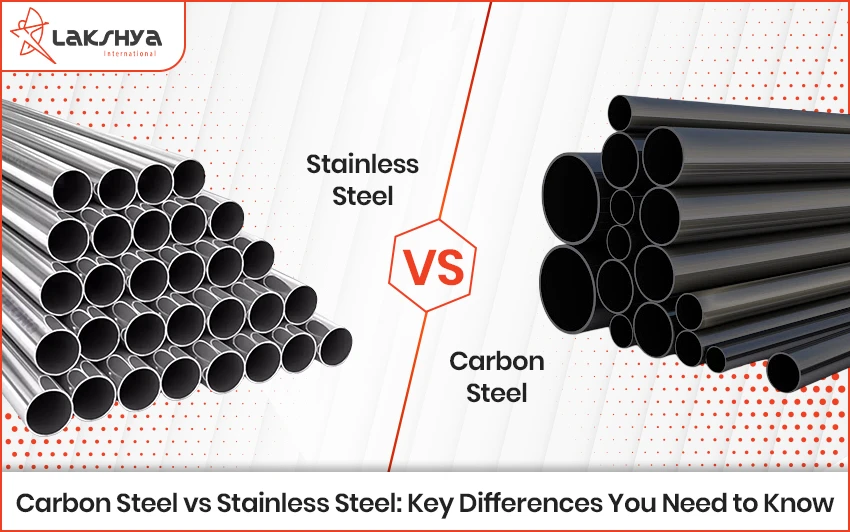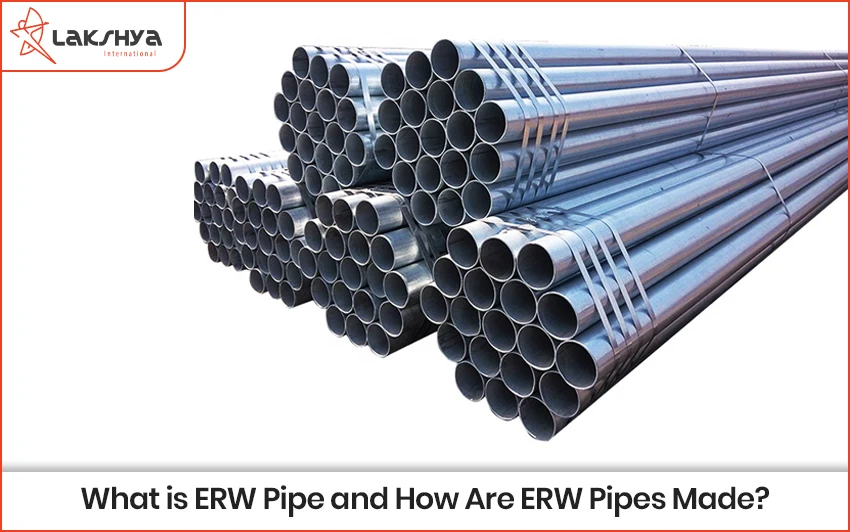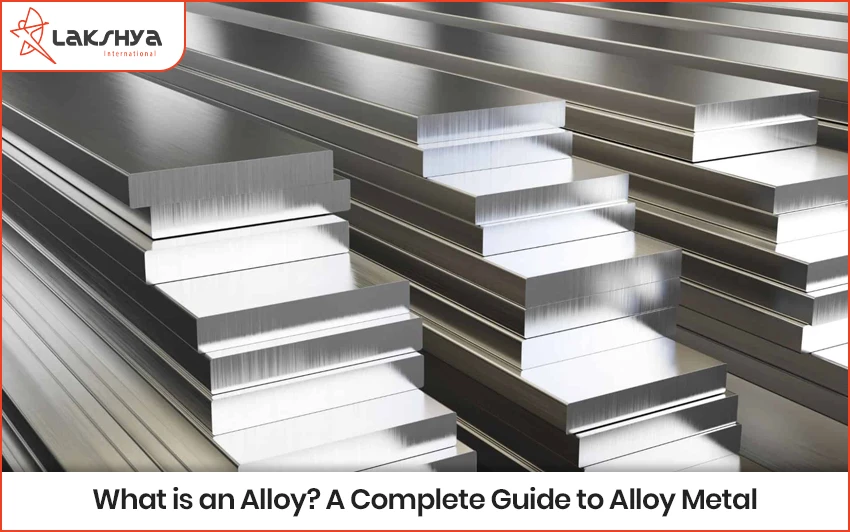Introduction to Duplex Steels
Duplex stainless steels offer several advantages over other stainless steel products. They provide high yield and impact strength, excellent corrosion resistance, and can withstand temperatures from -50°C to 250°C. Additionally, duplex stainless steels boast optimal weldability and machinability, making them more cost-effective than many other expensive alloys.
In this blog post, we’ll explore the different types of duplex stainless steel, their unique properties, and their various applications.
What is Duplex Stainless Steel?
Duplex stainless steels have a unique two-phase microstructure of austenitic and ferritic phases, with mechanical properties influenced by their ferrite and austenite content. The popular 2205 grade includes Chromium (21-23%), Nickel (4.5-6.5%), and Molybdenum (2.5-3.5%) as main alloying elements. Initially conceptualized in the 1930s, the production of duplex stainless steel became feasible in the 1960s with the introduction of decarburization. The 1980s saw the development of superior Super and Hyper duplex grades, enhancing corrosion resistance. These advancements have led to the widespread use of duplex stainless steel in the oil and gas industry.
Types Of Duplex Stainless Steels
- Lean Duplex Stainless Steels: Cost-effective with lower nickel and molybdenum, yet maintain corrosion resistance and strength. Examples: LDX 2101 (UNS S32101) and 2304 (UNS S32304).
- Standard Duplex Stainless Steels: Grade 2205 (UNS S32205) has a balanced microstructure of ferrite and austenite, offering good corrosion resistance and mechanical properties.
- Super Duplex Stainless Steels: Higher alloy content, including chromium, molybdenum, and nitrogen, for superior corrosion resistance and strength. Popular grades: F53 (UNS S32750) and F55 (UNS S32760).
- Hyper Duplex Stainless Steels: Exemplified by 2707 (UNS S32707), with specialized alloys achieving PRENs over 50 for extreme conditions.
| Type | Grades | ||
| Common name | UNS Number | BS EN number | |
| Lean Duplex | 2304 | S32304 | 1.4362 |
| Duplex | 2205 (F51, F60) | S31803, S32205 | 1.4462 |
| Super Duplex | 2507 (F53) | S32750 | 1.4410 |
| Hyper Duplex | Sandvik SAF2707 | S32707 | |
Duplex Stainless Steel Properties
Duplex stainless steels exhibit a balanced microstructure of 50% ferrite and 50% austenite, providing a unique combination of high strength, toughness, and corrosion resistance. However, their use is limited by their temperature range, as exposure to temperatures above 300°C can lead to the formation of undesirable phases that reduce mechanical properties and corrosion resistance.
Duplex Stainless Steel Mechanical Properties
| Property | S31803 | S32205 | S32550 | S32750 | S32760 |
| Yield Strength (MPa) | 450 | 450 | 550 | 550 | 550 |
| Tensile Strength (MPa) | 620 | 655 | 800 | 800 | 750 |
| Elongation (%) | 25 | 25 | 15 | 15 | 25 |
| Hardness (Brinell) | 290 | 290 | 302 | 310 | 310 |
| Elastic Modulus (GPa) | 200 | 200 | 200 | 200 | 200 |
| Thermal Conductivity (W/m·K) | 13-30 | 13-30 | 13-30 | 13-30 | 13-30 |
| Specific Heat Capacity (J/kg·K) | 440-502 | 440-502 | 440-502 | 440-502 | 440-502 |
Duplex Stainless Steel Chemical Composition
| Grade | Cr (%) | Ni (%) | Mo (%) | N (%) | Mn (%) | Si (%) | P (%) | S (%) |
| S31803 | 21-23 | 4.5-6 | 2.5-3.5 | 0.1-0.22 | ≤2.0 | ≤1.0 | ≤0.03 | ≤0.02 |
| S32205 | 21-23 | 4.5-6 | 2.5-3.5 | 0.14-0.2 | ≤2.0 | ≤1.0 | ≤0.03 | ≤0.02 |
| S32550 | 24-26 | 4.5-6.5 | 3.0-3.5 | 0.1-0.3 | ≤2.0 | ≤1.0 | ≤0.03 | ≤0.02 |
| S32750 | 24-26 | 6-8 | 3.0-3.5 | 0.24-0.32 | ≤1.2 | ≤0.8 | ≤0.035 | ≤0.02 |
| S32760 | 24-26 | 6-8 | 3.0-4.0 | 0.2-0.3 | ≤1.0 | ≤1.0 | ≤0.03 | ≤0.01 |
Duplex Stainless Steel Grades
Duplex stainless steel grades offer varying levels of corrosion resistance, strength, and suitability for specific environments and applications. Understanding their features helps in selecting the right grade for various industrial needs.
| Duplex Stainless Steel Grade | Features |
| 2205 (UNS S32205/S31803) | Good general corrosion resistance, high strength, resistance to pitting, crevice, and chloride corrosion. Unsuitable for prolonged exposure above 300°C. |
| 2507 (UNS S32750) | Very high pitting and crevice corrosion resistance, high strength. Prone to embrittlement at high temperatures. |
| LDX 2101 (UNS S32101) | Good general corrosion resistance, high strength, resistance to stress corrosion cracking. Cost-effective due to lower nickel and molybdenum content. |
| 2304 (UNS S32304) | Corrosion resistance similar to 316L, higher strength. Susceptible to pitting corrosion in chloride-rich environments. |
| ZERON 100 (UNS S32760) | High pitting and crevice corrosion resistance, good resistance to sulphide stress corrosion cracking. Prone to embrittlement at high temperatures. |
Applications and Suitable Duplex Stainless Steel Grades
Due to their unique properties, duplex stainless steels are used in various niche applications requiring high corrosion resistance, strength, and durability:
- Paper Production: Preferred for vessels in paper processing.
- Desalination: Ideal for high-temperature, chlorine-rich environments.
- Oil and Gas: Used in components like pumps and piping for their resistance to pitting and crevice corrosion.
- Construction: Suitable for load-bearing structures in corrosive environments.
- Food and Drink Storage: Lean duplex grades are cost-effective for commercial storage.
| Application | Suitable Grades |
| Paper Production | S31803, S32205 |
| Desalination | S32750, S32760 |
| Oil and Gas | S32750, S32550, S32760 |
| Construction | S31803, S32205 |
| Food and Drink Storage | S31500, S32304 |
Conclusion
Lakshya International offers a range of duplex stainless steel products tailored to meet the specific needs of various industries. With their superior strength, toughness, and corrosion resistance, duplex stainless steels are an excellent choice for many applications. Explore our products at Lakshya Steel to find the best solutions for your projects.
For more than 40 years, we’ve provided expert advice and high-quality stainless steel products to businesses across Germany, Belgium, Italy, Turkey, Denmark and UK
Contact us today to learn more about how duplex stainless steel can benefit your next project.




